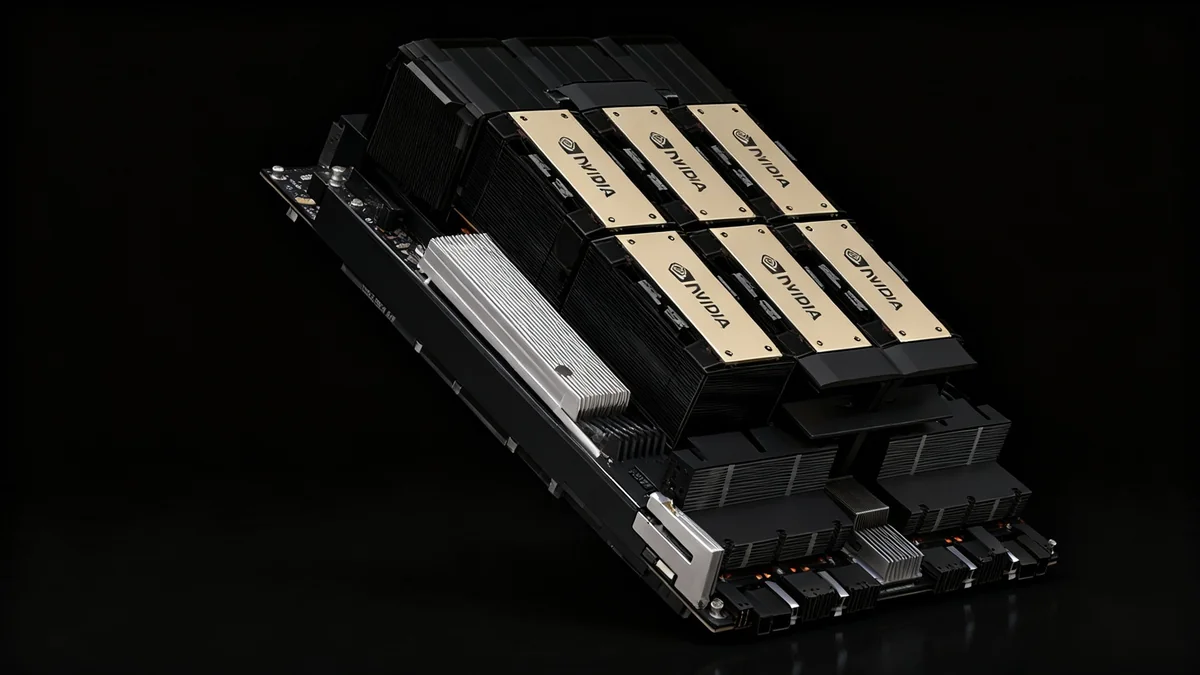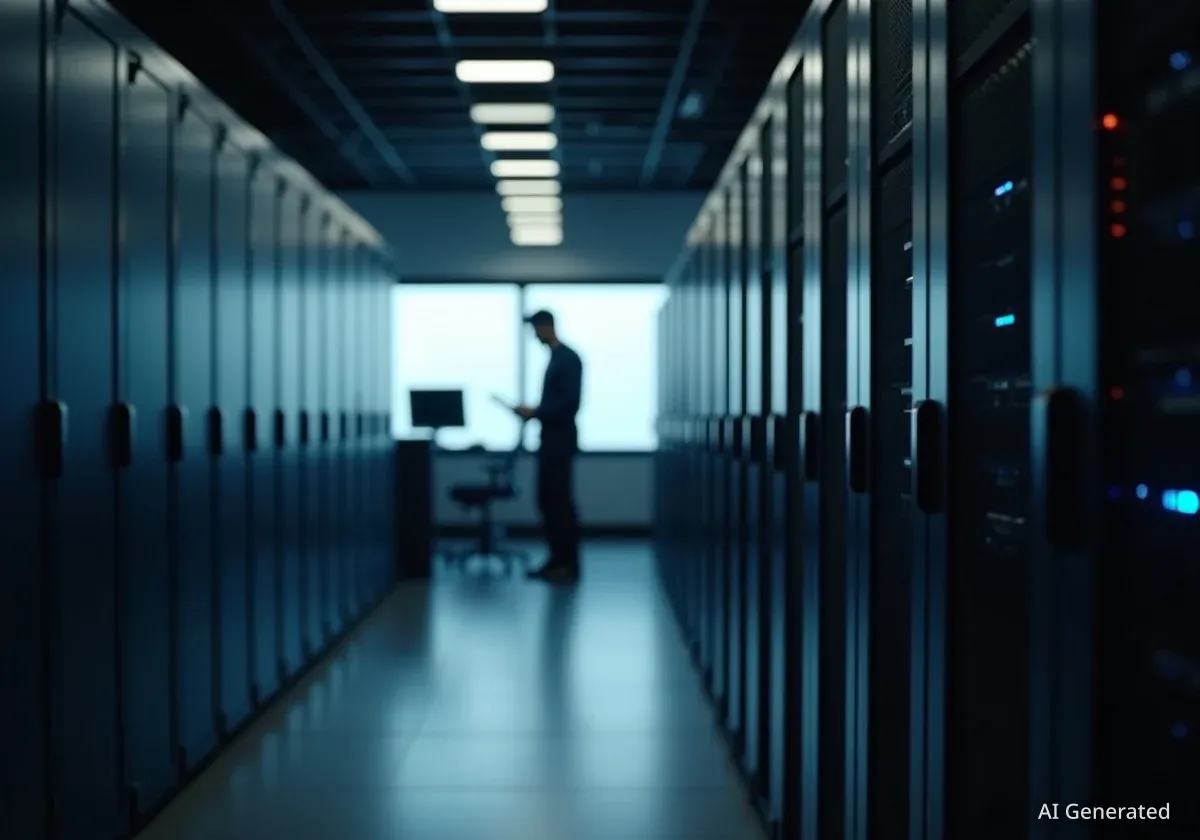A key Microsoft executive has voiced significant concerns over the ongoing scarcity of Graphics Processing Units (GPUs), impacting artificial intelligence (AI) startups. Britton Winterrose, Microsoft’s lead in Technical Business Development for Startups, stated that his primary role since 2020 has been to secure these vital components, criticizing what he sees as misplaced priorities in GPU allocation.
Winterrose also dismissed notions of an 'AI bubble,' asserting that the real challenge for nascent AI companies lies in hardware accessibility rather than market overvaluation. His comments shed light on the competitive landscape for high-demand tech resources.
Key Takeaways
- Microsoft exec Britton Winterrose describes his job as 'begging for GPUs' since 2020.
- He criticizes the allocation of GPUs to 'random Bitcoin miners' over AI startups.
- Winterrose dismisses 'AI bubble' concerns, highlighting hardware scarcity as the true hurdle.
- The GPU shortage is significantly hindering the growth and potential of new AI companies.
The Persistent GPU Drought for AI Innovation
The demand for high-performance GPUs has surged dramatically in recent years, largely driven by advancements in AI and machine learning. However, the supply has not kept pace, creating a bottleneck for many aspiring technology companies. Winterrose, who works directly with hundreds of startups, experiences this struggle daily.
His role at Microsoft involves nurturing and advising emerging AI ventures. These companies often rely heavily on powerful GPUs for training complex AI models, making hardware access a critical factor for their survival and growth. The lack of available GPUs means innovative ideas can stall, and promising projects may never reach their full potential.
Fact Check
Britton Winterrose has worked with over 500 Y Combinator and AI startups as a technical advisor over the past seven years. He is also an active angel investor in more than 40 startups.
Criticism of GPU Allocation
Winterrose specifically targeted the continued allocation of GPUs to cryptocurrency mining operations. He described some of these entities as "random Bitcoin miners parading as tier I & II data centers." This perspective suggests a belief that essential hardware is being diverted from more impactful technological development.
"My whole job is begging for GPUs, it's been that way since 2020," Winterrose stated, underscoring the severity of the situation for AI startups.
While the peak of GPU demand from the crypto sector has passed, Winterrose believes that the lingering effects still impact the availability for AI. He argues that AI founders, who are pushing the boundaries of technology, are being unfairly disadvantaged.
Dispelling the 'AI Bubble' Narrative
Amidst discussions of a potential 'AI bubble,' Winterrose offered a different viewpoint. He contends that the challenges faced by the AI industry are not due to an inflated market or speculative investments, but rather a fundamental shortage of the physical infrastructure needed to build and scale AI solutions. He sees the only 'froth' as the continued support for certain non-AI related GPU consumers.
Many investors and industry observers question the sustainability of rapid growth in the AI sector. However, Winterrose's experience on the ground suggests that the innovation is real, but limited by tangible resources. The founders he supports are not lacking in vision or ambition, but in the tools to execute their plans.
Understanding GPU Importance
GPUs are specialized electronic circuits designed to accelerate the creation of images for display. However, their parallel processing capabilities make them exceptionally well-suited for the complex mathematical computations required by AI algorithms. This makes them indispensable for tasks like machine learning, deep learning, and neural network training.
The Founders' Plea for Resources
Winterrose emphasized the urgent need for GPUs for the startups he works with. He highlighted the dedication and drive of these entrepreneurs, who often operate with limited resources and face immense pressure to innovate.
- Vision: Founders possess clear goals for AI advancement.
- Faith: Belief in the transformative power of AI drives their efforts.
- Tenacity: They persevere through significant technical and market challenges.
- Relentlessness: An unwavering commitment to solving complex problems.
- Benevolence: A desire for their AI solutions to benefit society.
He believes that individuals and organizations with "vision, faith, belief, tenacity, and relentlessness, and benevolence" should be prioritized in receiving the necessary hardware. This suggests a call for a more strategic allocation of resources to foster genuine innovation.
Looking Ahead: The Future of AI Hardware Supply
The ongoing GPU supply issues raise critical questions about the future trajectory of AI development. If startups, often the source of groundbreaking innovations, struggle to access essential hardware, it could slow down the entire industry's progress. Industry leaders and policymakers may need to consider how to better manage the distribution of these high-demand components.
The conversation around GPU allocation is not new, but Winterrose's recent comments from the perspective of a Microsoft executive supporting startups bring renewed attention to the issue. His vocal frustration reflects a broader sentiment within the startup community that access to foundational technology is becoming a significant barrier to entry and growth.
Ensuring a more equitable and efficient distribution of GPUs could unlock further potential in the AI sector, allowing more startups to thrive and contribute to technological advancements. This would require a collaborative effort across manufacturers, distributors, and major tech companies to address the underlying supply chain and demand imbalances.





